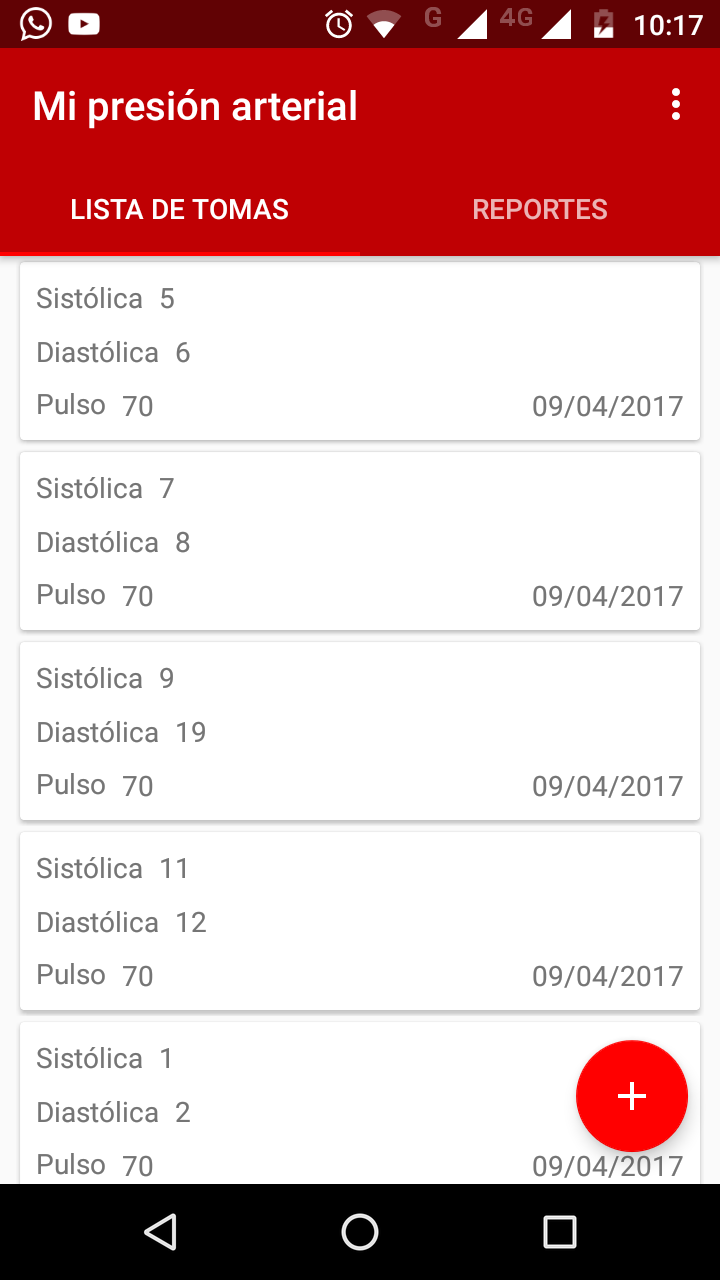JdbcTemplate 不支持参数化查询“IN"的情况?必须
时间:2023-09-30问题描述
为了防止 SQL 注入攻击,我项目中的所有 SQL 语句代码都应该转换为参数化查询.但是当查询条件包含IN"案例时,我遇到了问题.像这样(使用 DB2 数据库):
Aimed at preventing SQL injection attacks, all the SQL Statement code in my project should transformed to Parameterized Query. But I got a problem when the query condition includes a 'IN' case. Like this (Using DB2 database):
String employeeId = 'D2309';
String name = "%brady%";
List<Integer> userRights = new ArrayList<Integer>();
userRights.add(1);
userRights.add(2);
userRights.add(3);
String sql = "SELECT * FROM T_EMPLOYEE WHERE EMPLOYEE_ID = ? AND NAME LIKE ?
AND RIGHT IN (?)";
jdbcTemplate.query(sql, new Object[] {employeeId, name, userRights}, new
EmployeeRowMapper());
以上代码运行失败,出现异常:
The above code runs failed with the exception:
org.springframework.jdbc.BadSqlGrammarException: PreparedStatementCallback; bad
SQL grammar [SELECT * FROM T_EMPLOYEE WHERE EMPLOYEE_ID = ? AND NAME LIKE ? AND
RIGHT IN (?)]; nested exception is com.ibm.db2.jcc.am.io: [jcc][1091][10824]
[3.57.82] .... ERRORCODE=-4461, SQLSTATE=42815
这里的问题是 JdbcTemplate 不支持 IN case 的参数化查询吗?我知道这项工作可以通过NamedParameterJdbcTemplate来完成,是否只有NamedParameterJdbcTemplate可以做IN case查询?
The question here is that does not JdbcTemplate support Parameterized Query for IN case? and I know this work can be done by NamedParameterJdbcTemplate, and whether only NamedParameterJdbcTemplate can do IN case query?
非常感谢.
推荐答案
正如我在评论中已经提到的,我对这个解决方案并不满意,因为它会动态生成许多 SQL 语句.鉴于 userRights 的数量介于 1 和 n 之间,它需要在缓存中最多 n 个准备好的语句.
As I already mentioned in the comments, I'm not happy with this solution as it dynamically generates a number of SQL statements. Given the number of userRights is between 1 and n, it requires up to n prepared statements in the cache.
以下应该可以工作(我没有尝试过).
The below should work (I did not try it).
String employeeId = 'D2309';
String name = "%brady%";
List<Integer> userRights = new ArrayList<Integer>();
userRights.add(1);
userRights.add(2);
userRights.add(3);
// build the input string
StringBuilder sb = new StringBuilder();
for (int i = 0; i < userRights.size; i++) {
sb.append("?");
if (i < userRights.size() - 1) {
sb.append(", ");
}
}
// build the SQL
String sql = "SELECT * FROM T_EMPLOYEE WHERE EMPLOYEE_ID = ?" +
" AND NAME LIKE ?" +
" AND RIGHT IN (" + sb.toString() + ")";
// init the object array
// size is employeeId + name + right
Object[] param = new Object[2 + userRights.size()];
// fill it
param[0] = employeeId;
param[1] = name;
for (int i = 0; i < userRights.size(); i++) {
param[i + 2] = userRights.get(i);
}
jdbcTemplate.query(sql, param, new EmployeeRowMapper());
这篇关于JdbcTemplate 不支持参数化查询“IN"的情况?必须按 NamedParameterJdbcTemplate 吗?的文章就介绍到这了,希望我们推荐的答案对大家有所帮助,也希望大家多多支持html5模板网!
相关文章
 如何检测 32 位 int 上的整数溢出?How can I detect integer overflow on 32 bits int?(如何检测 32 位 int 上的整数溢出?)
如何检测 32 位 int 上的整数溢出?How can I detect integer overflow on 32 bits int?(如何检测 32 位 int 上的整数溢出?) return 语句之前的局部变量,这有关系吗?Local variables before return statements, does it matter?(return 语句之前的局部变量,这有关系吗?)
return 语句之前的局部变量,这有关系吗?Local variables before return statements, does it matter?(return 语句之前的局部变量,这有关系吗?) 如何将整数转换为整数?How to convert Integer to int?(如何将整数转换为整数?)
如何将整数转换为整数?How to convert Integer to int?(如何将整数转换为整数?) 如何在给定范围内创建一个随机打乱数字的 intHow do I create an int array with randomly shuffled numbers in a given range(如何在给定范围内创建一个随机打乱数字的 int 数组)
如何在给定范围内创建一个随机打乱数字的 intHow do I create an int array with randomly shuffled numbers in a given range(如何在给定范围内创建一个随机打乱数字的 int 数组) java的行为不一致==Inconsistent behavior on java#39;s ==(java的行为不一致==)
java的行为不一致==Inconsistent behavior on java#39;s ==(java的行为不一致==) 为什么 Java 能够将 0xff000000 存储为 int?Why is Java able to store 0xff000000 as an int?(为什么 Java 能够将 0xff000000 存储为 int?)
为什么 Java 能够将 0xff000000 存储为 int?Why is Java able to store 0xff000000 as an int?(为什么 Java 能够将 0xff000000 存储为 int?)
最新文章
- Java 中的 DB2 连接速度极慢
- JPA 2.0 Provider Hibernate 3.6 for DB2 v9.5 type 2 驱动程序
- 使用准备好的语句进行选择查询时出现 SQL 异常
- 发生 DB2 连接授权失败原因:Java 中不支持安全机制
- 如何在 SQL 中使用 NOT EXISTS 和 COMPOSITE KEYS 从 POJ
- 如何检查用户的 DB2 SYSADM 或 SYSCTRL 授权
- 为机器登录用户以外的特定用户运行创建/删除
- 为什么 DB2 Type 4 JDBC Driver 正在寻找本机库 db2jcc
- Weblogic:调用没有模式名称的 DB2 存储过程(属性
- 如何连接hibernate和DB2
 如何使用 SimpleDateFormat.parse() 将 Calendar.toString()How can I Convert Calendar.toString() into date using SimpleDateFormat.parse()?(如何使用 SimpleDateFormat.parse() 将 Calendar.toString() 转换为日期?)
如何使用 SimpleDateFormat.parse() 将 Calendar.toString()How can I Convert Calendar.toString() into date using SimpleDateFormat.parse()?(如何使用 SimpleDateFormat.parse() 将 Calendar.toString() 转换为日期?)